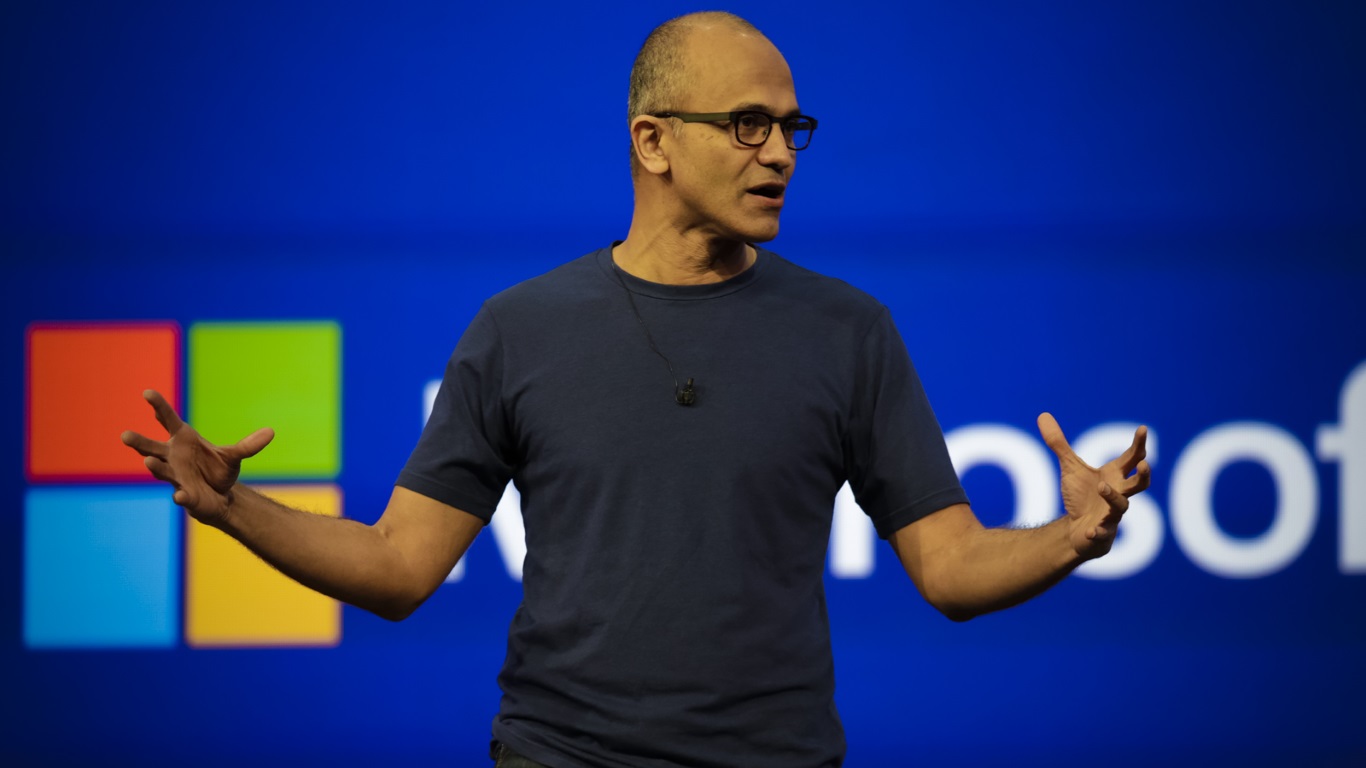 NEWS
NEWS
 NEWS
NEWS
 NEWS
NEWS
![]() A recent developer briefing from Microsoft Corp. that found its way into the hands of the trade press this week reveals how Redmond plans to address the rise of containers in the cloud. The software giant is building the emerging virtualization format directly into its server operating system.
A recent developer briefing from Microsoft Corp. that found its way into the hands of the trade press this week reveals how Redmond plans to address the rise of containers in the cloud. The software giant is building the emerging virtualization format directly into its server operating system.
The effort started only a few months ago from a partnership with Docker, Inc. to bring its Linux-based container management technology to Windows. The collaboration has already produced native shell support and the ability to provision multiple instances at the same time, two of the most basic prerequisites for managing a cloud service at the scale that organizations require.
But the main priority of the effort has been absent from the discussion. Windows currently does not provide an equivalent to the isolation functionality that enables the creation of discrete containers on Linux, which means that it now has to be built from scratch. The newly leaked video sheds light on how Redmond intends to go about doing it.
The next release of Windows will take a similar module approach to delivering capabilities as Microsoft is pursuing for its recently open sourced development framework. The goal is to provide organizations with the ability to only use the parts of the operating system that they need, which can save a tremendous amount of infrastructure requirements across the thousands of instances running in a large-scale cloud environment.
That modular architecture also takes much of the hassle out of rolling out changes since components can be updated individually without affecting the rest of the stack. The common denominator is the upcoming containerization functionality, which will enable consistent management of the different packages.
The value proposition is appealing, but it’s hardly unique. Canonical Ltd. already provides similar capabilties in the lightweight Core version of its Linux distribution, which has the added advantage of working on both cloud servers and connected devices. Container-based versions of the platform are available from several other distributions as well, which creates stiff competition for Microsoft.
But Redmond has a powerful ace up its sleeve: Security. The lack of comprehensive controls for Linux containers has been widely recognized as one of the primary barriers to enterprise adoption and progress on improving the situation remains slow despite heavy efforts in the community.
The leaked video reveals that Microsoft is deliberately ramping up its security investments in order to make the upcoming version of Windows more appealing. Despite the intense rivalry that already exists among Canonical and the other Linux distributors, it’s clear that the competition over the future of containers in the enterprise is only just beginning.
Support our mission to keep content open and free by engaging with theCUBE community. Join theCUBE’s Alumni Trust Network, where technology leaders connect, share intelligence and create opportunities.
Founded by tech visionaries John Furrier and Dave Vellante, SiliconANGLE Media has built a dynamic ecosystem of industry-leading digital media brands that reach 15+ million elite tech professionals. Our new proprietary theCUBE AI Video Cloud is breaking ground in audience interaction, leveraging theCUBEai.com neural network to help technology companies make data-driven decisions and stay at the forefront of industry conversations.